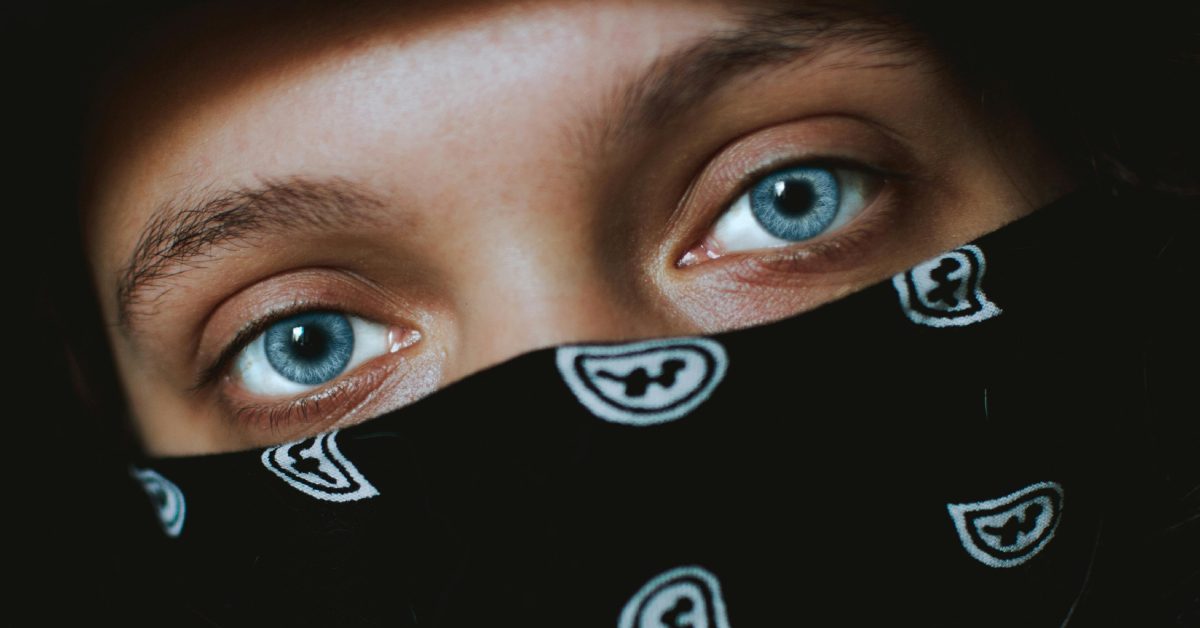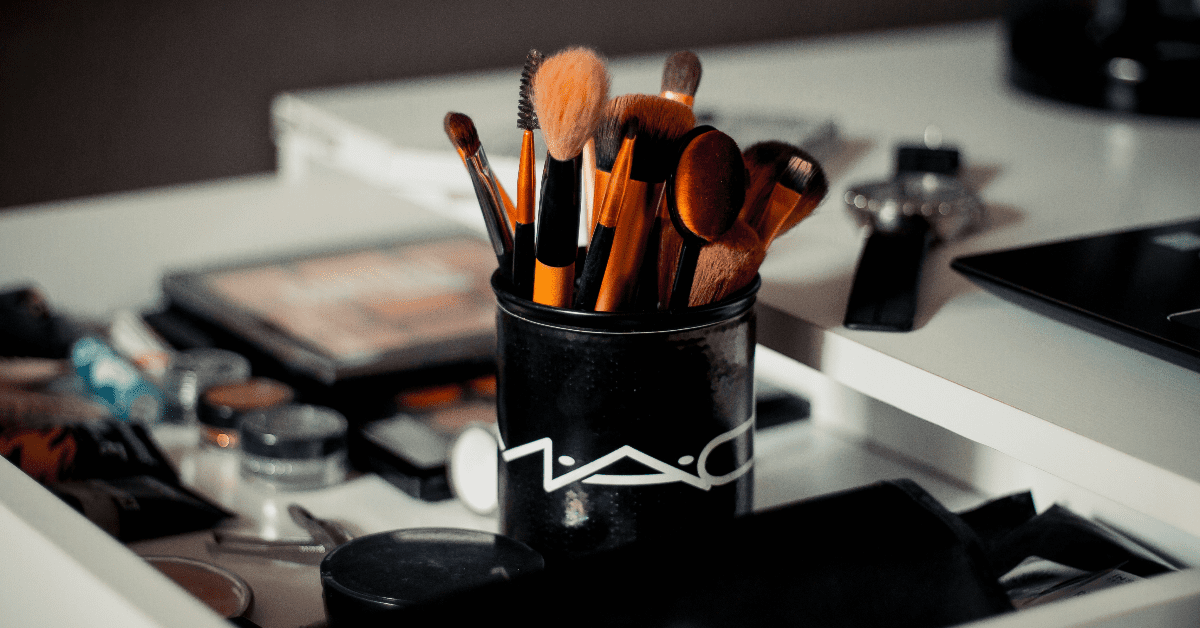BY: Ashley Blackwell
Published 2 weeks ago

In a world where the queer lifestyle was once seen as taboo, rainbow individuals were (almost) forced to create secret societies. With those came languages significant to sexual minorities and spaces where they could find solace in the sense of normalcy these capacities offered. If the words “black bandana meaning LGBTQIA+” have been in your search bar, this article is for you.
As if community members weren’t already ridiculed for their religiously condemned identities, their “extracurricular” activities weren’t dared to be discussed publicly. Most earlier sex education studies focused on straight orientation, as homosexuality didn’t align with the political correctness that conservative school systems have long advocated. Thus, same-gender intimacy was often kept discreet. However, with time, gay men cultivated a lane that didn’t require apologies for their personal preferences, fancied experiments, or hidden desires.
The handkerchief code (sometimes shortened as “the hanky code”) became a confidential way of communicating their deepest fantasies. Through different bandana colors, male parties within these groups satisfied their interests and sparked an entire movement that many still participate in today.

Black Bandana Meaning: Where Did It All Start for LGBTQIA+ People?
The black bandana is only one of 10 standard colors on the handkerchief code list, also known as “flagging.” While there are various (alleged) recounts of how the culture began, the phenomenon reportedly originated in San Francisco, following the end of the California gold rush (when nearly 300,000 people migrated to the state due to a massive discovery of the metal) in 1855.
With the number of men then outweighing the population of women in the area, it is believed that men square dancing with each other started rocking bandanas (on the arm, belt, or in the back of their jean pockets) to indicate who’d take the male (blue) or female (red) position(s). However, this has since been challenged by another theory that recalled a 1970s journalist for the New York City publication The Village Voice first jokingly suggesting that gay men should wear the colored cloths to subliminally disclose if they were a “top” or “bottom.”
Of course, those are only the tip of the iceberg of claims surrounding who started what and when. In the modern day, the trend notably gained widespread recognition as a BDSM/casual tactic for gay and bisexual participants to convey their bedroom fetishes. It is popularly worn as an advertisement accessory to display the type of intercourse the person is into, and behind-closed-doors kinks they may have.

Although common among men, the hanky code isn’t exclusive to them. In recent years, lesbians have also utilized the private signifier. Each color holds a different meaning and is specific to whichever pants pocket the person wears the bandana in the back. The left tells the passerby that the person steps into the dominant role during sex (top), while the right tells them that the prowler is submissive (bottom).
Several charts with broader and lengthier definitions appear online, but a simplified version from Larry Townsend’s 1983 work “The Leatherman’s Handbook II” reads as follows:
Black = S&M (sadomasochism, a pleasurable act of receiving/inflicting pain)
Dark Blue = Anal sex
Light Blue = Oral sex
Brown = Scat (erotic arousal from human waste)
Green = Hustler/Prostitution
Grey = Bondage
Orange = Anything Goes
Purple = Piercing (needle play)
Red = Fisting (inserting one’s hand into one’s front opening or rear end)
Yellow = P*ssing
Have you heard of the hanky code? Let us know in the comments below!









